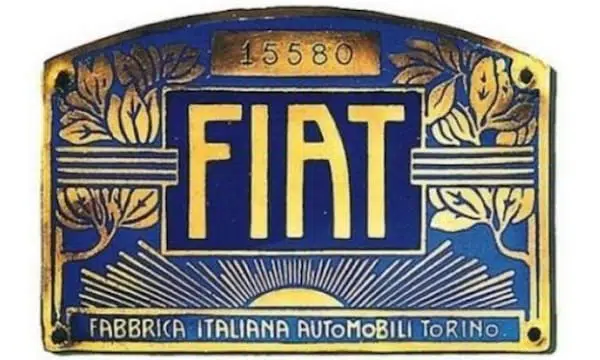FIAT, an acronym for Fabbrica Italiana Automobili Torino, is a name that resonates globally in the automotive industry. Founded in 1899, FIAT has been a cornerstone of Italian engineering, crafting cars that symbolize style, innovation, and reliability. Over a century, the company has transitioned from modest beginnings to becoming a global giant, shaping the automobile industry with iconic models and groundbreaking technology.
Founding and Early Years
FIAT was established in Turin, Italy, on July 11, 1899, by a group of investors led by Giovanni Agnelli. The company’s mission was to create practical and innovative vehicles that catered to a rapidly industrializing Europe. FIAT’s first factory, located in Corso Dante, Turin, marked the beginning of an illustrious journey.
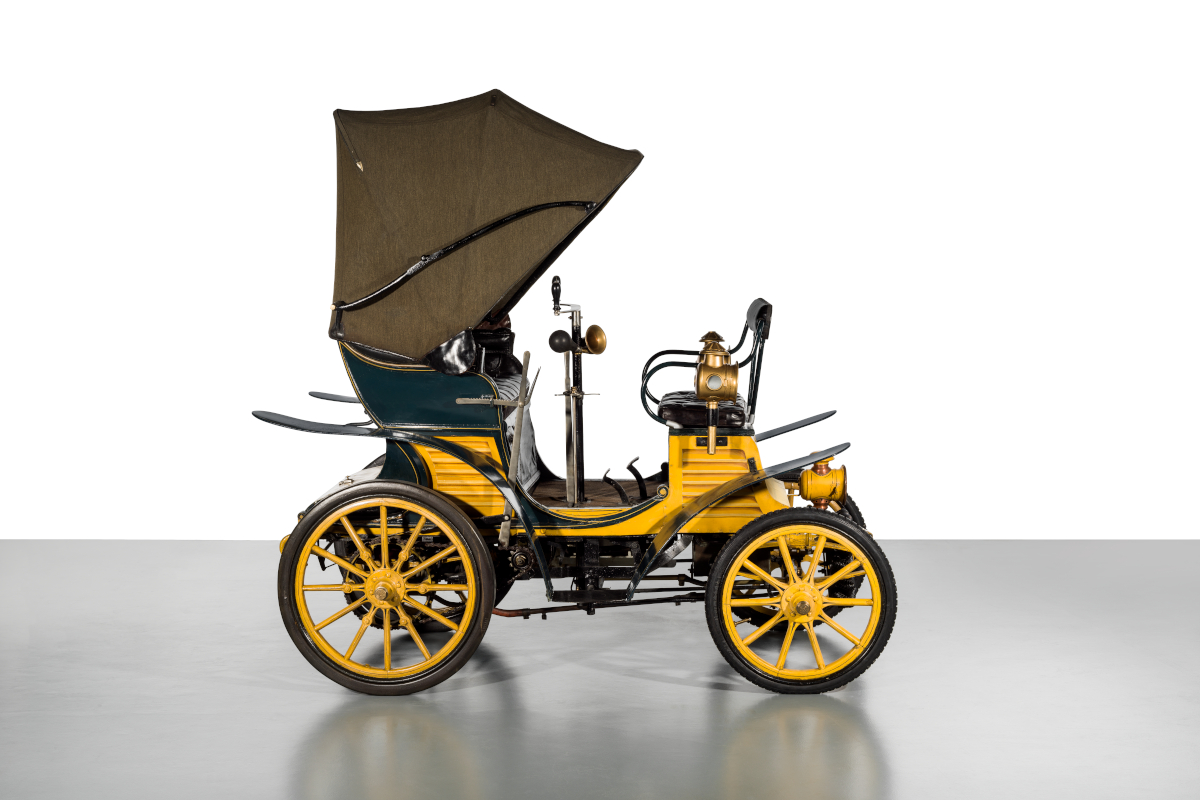
The company debuted its first car, the FIAT 3½ HP, in 1900. This modest vehicle could carry two people and achieved a top speed of 22 mph. Though humble, it represented a bold step in Italy’s automotive development.
First Models and Innovations
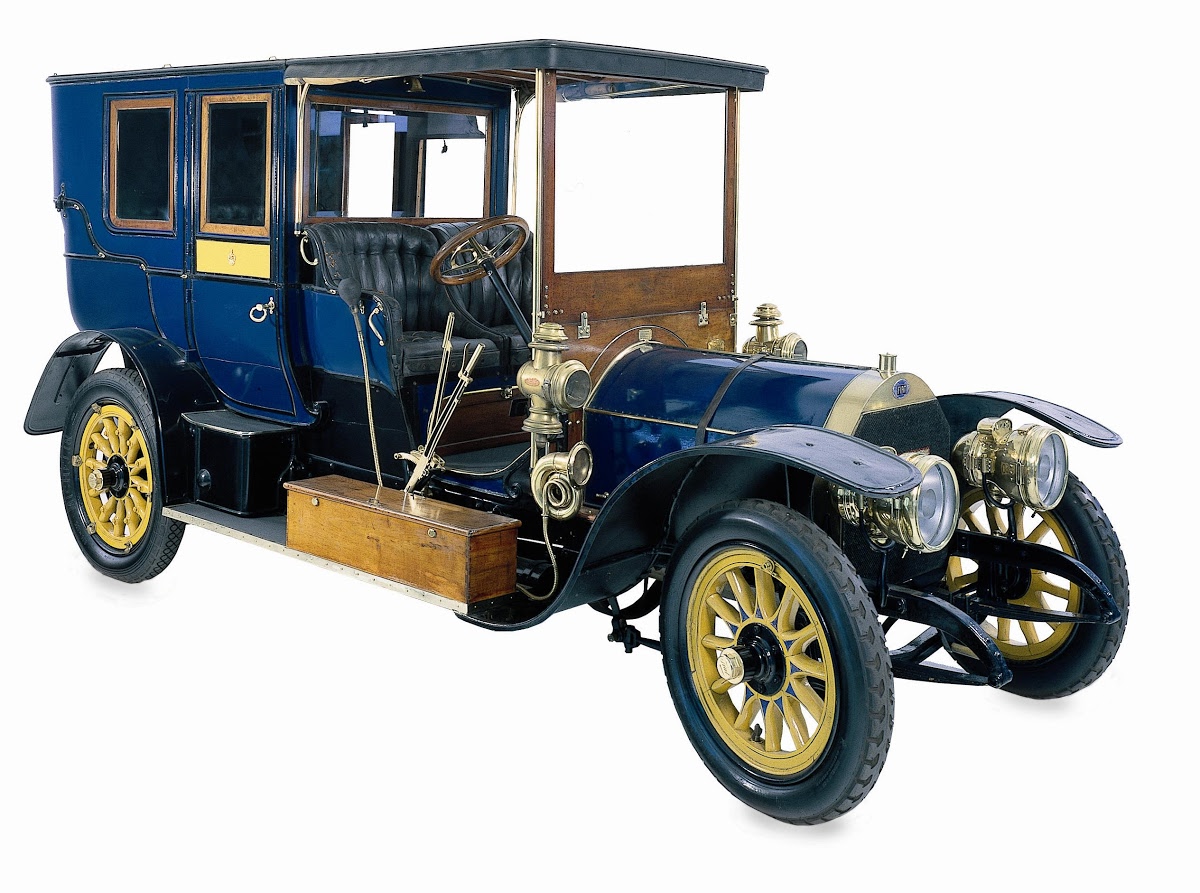
By the early 1900s, FIAT began to gain recognition for its engineering prowess. Models such as the FIAT 24-32 HP, introduced in 1906, highlighted the company’s commitment to performance and luxury. FIAT’s success wasn’t confined to Italy; by 1908, the company was exporting cars to the United States.
FIAT During World Wars
World Wars I and II significantly impacted FIAT’s operations. During these tumultuous times, the company shifted its focus to producing military vehicles, including trucks, tanks, and aircraft. While the wars presented financial and logistical challenges, FIAT emerged as a stronger entity, ready to capitalize on post-war economic opportunities.
Post-War Revival
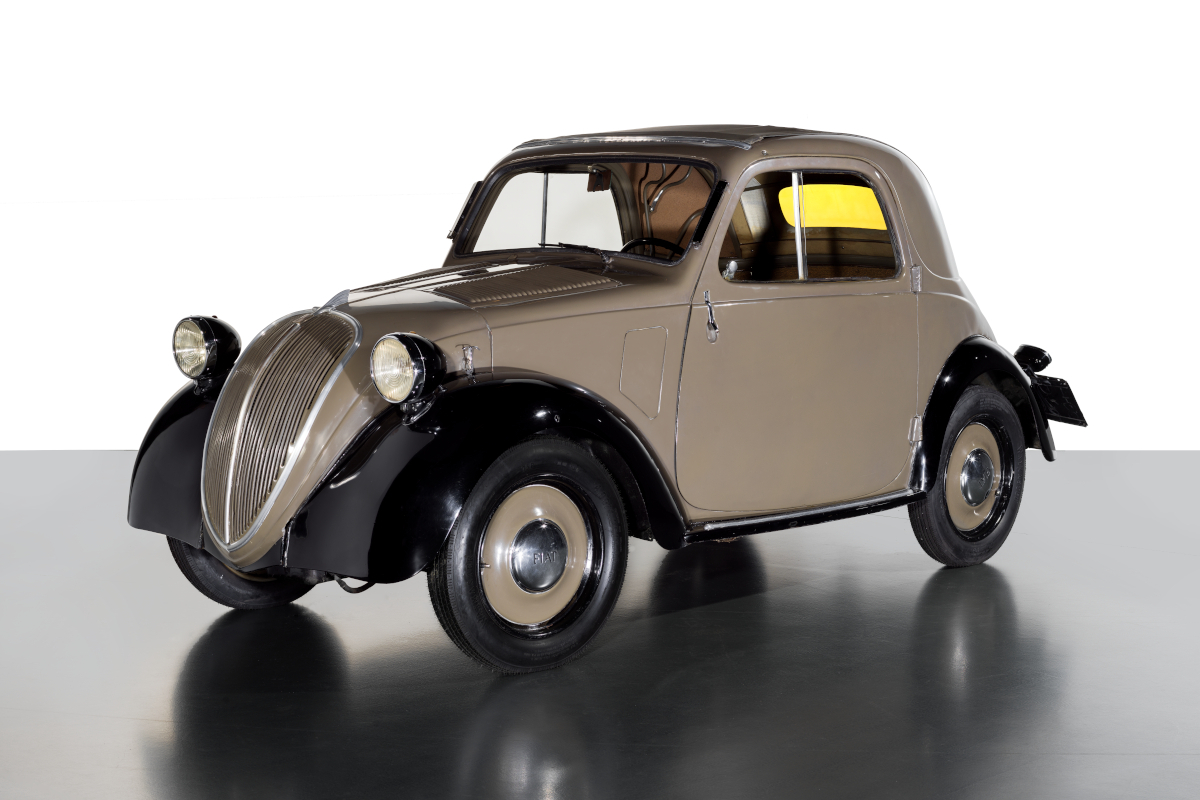
The post-war era marked a renaissance for FIAT. In 1936, the FIAT 500 Topolino became one of the world’s smallest and most affordable cars, capturing the imagination of a Europe recovering from economic hardship. Its success cemented FIAT’s reputation as a manufacturer of practical and economical vehicles.
FIAT 500: The Icon
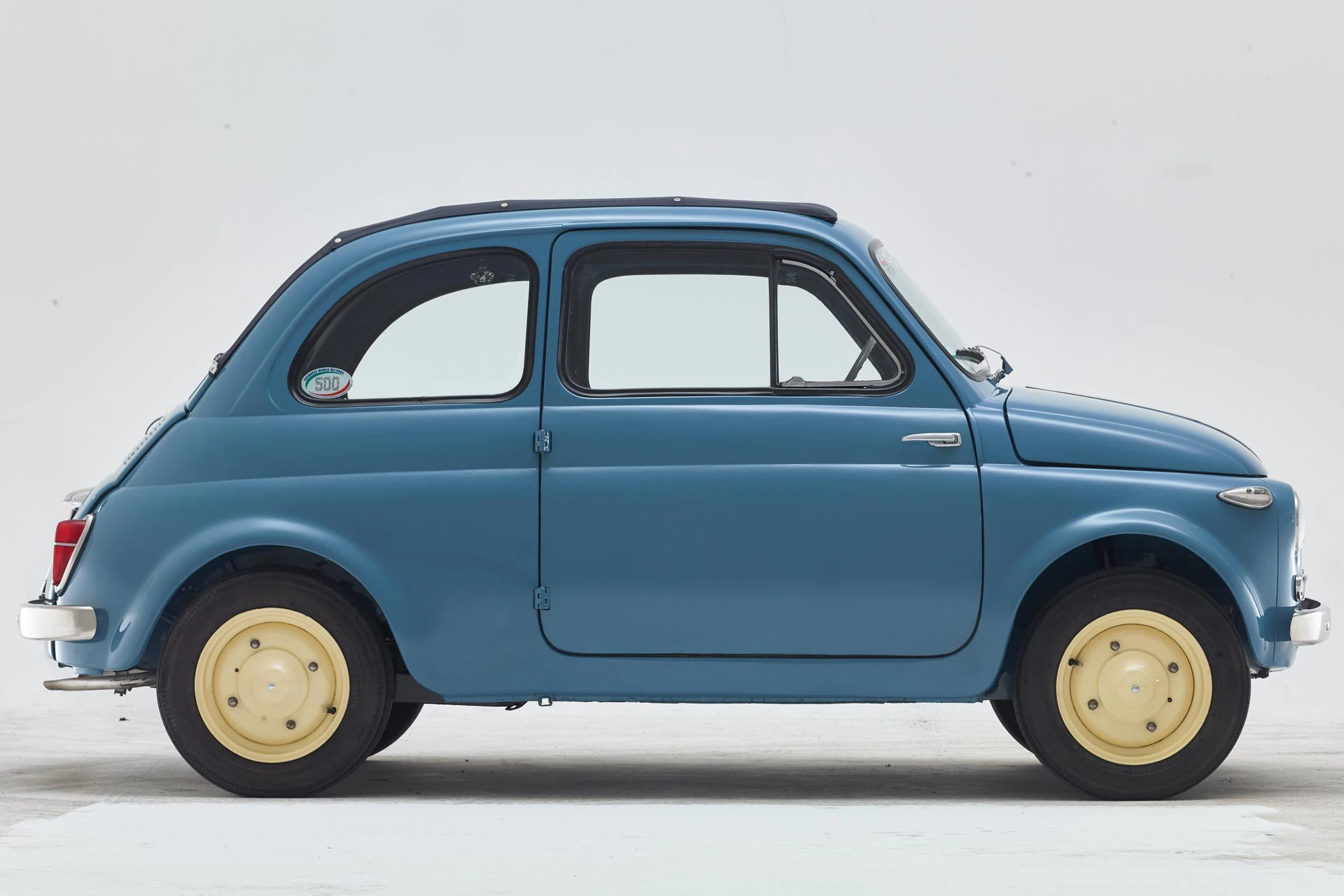
The FIAT 500, introduced in 1957, became the quintessential city car. Known as the “Cinquecento,” it was compact, efficient, and affordable, making it a cultural icon. This model played a pivotal role in Italy’s economic recovery, becoming synonymous with the “Italian Miracle” of the late 1950s.
Over the years, the FIAT 500 was reimagined multiple times, including its modern iteration in 2007, which combined retro aesthetics with cutting-edge technology.
Expansion Beyond Italy
During the 1960s and 1970s, FIAT expanded its reach by establishing factories and partnerships worldwide. Countries like Brazil, Argentina, and India became key markets. FIAT’s global footprint grew further through the acquisition of brands like Lancia, Alfa Romeo, and Ferrari (though FIAT later sold its Ferrari stake).
FIAT in Motorsports
FIAT has had a rich history in motorsports, with achievements that underscore its engineering excellence. The company dominated races like the Targa Florio and Mille Miglia, proving the performance capabilities of its vehicles.
Popular Models of the 20th Century
FIAT introduced a series of successful models that defined automotive trends.
- FIAT Panda (1980): A versatile and practical hatchback.
- FIAT Uno (1983): Renowned for its efficiency and affordability.
- FIAT Punto (1993): A compact car that became one of Europe’s best-sellers.
These models showcased FIAT’s ability to innovate and adapt to changing consumer needs.
Challenges in the Late 20th Century
The late 20th century was a challenging period for FIAT, with increasing competition from Japanese and German manufacturers. Financial difficulties prompted restructuring and a renewed focus on core competencies.
Acquisition of Chrysler and FCA Formation
In 2009, FIAT acquired a controlling interest in Chrysler, which had declared bankruptcy during the global financial crisis. This acquisition led to the formation of Fiat Chrysler Automobiles (FCA) in 2014. The merger brought FIAT back into the American market with renewed vigor.
Modern Era Models
FIAT’s modern lineup includes cars like the FIAT 500e, an electric version of the iconic model, and the FIAT Tipo, a practical family car. These vehicles reflect FIAT’s commitment to sustainability and innovation.
Design Philosophy
FIAT’s design ethos revolves around Italian elegance and functionality. From the rounded curves of the FIAT 500 to the utilitarian design of the Panda, FIAT consistently marries style with purpose.
Technological Advancements
FIAT has embraced cutting-edge technologies, including electric and hybrid drivetrains. Features like autonomous driving capabilities and advanced infotainment systems underscore its focus on the future.
Cultural Impact
FIAT cars have been featured in movies, advertisements, and pop culture, solidifying their status as symbols of Italian ingenuity and charm.
Future of FIAT
As part of Stellantis, formed through the merger of FCA and PSA Group, FIAT is poised to lead the charge in electric mobility. The company aims to release a fully electrified lineup by the 2030s, ensuring a sustainable future.
FAQs
- What does FIAT stand for?
FIAT stands for Fabbrica Italiana Automobili Torino. - What is FIAT’s most famous car?
The FIAT 500 is arguably FIAT’s most iconic model. - When was FIAT founded?
FIAT was founded in 1899 in Turin, Italy. - Is FIAT part of Stellantis?
Yes, FIAT is a key brand within Stellantis. - Does FIAT make electric vehicles?
Yes, FIAT offers electric models, including the FIAT 500e. - What is FIAT’s contribution to motorsports?
FIAT has a rich history in motorsports, excelling in events like the Mille Miglia.
Conclusion
FIAT’s journey from a small Italian manufacturer to a global automotive powerhouse is a testament to its resilience and innovation. With a storied past and a promising future, FIAT continues to shape the way the world moves.

